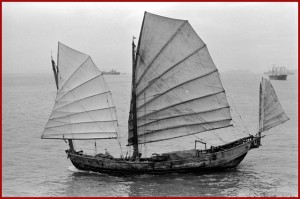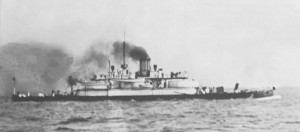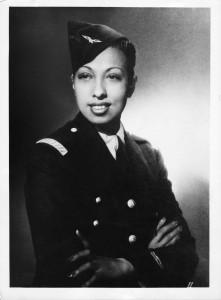Dear reader, another fragment from our glorious past, when courage was unquestioned and valour the very substance of what made this country tick.
(We advise though if you have a tick infestation see urgent medical advice. They are nasty little creatures and get under the skin, are difficult to remove and have been linked to Lime’s disease. Lime’s are good for you but over-consumption can lead to the uncommon condition Verdi- vulcanism, an explosive condition of the lower bowel. The symptoms are varied and treatment excruciatingly painful. But not so excruciating as this over-long and tedious description of this act of absolute stupidity. Only now can we bring you this ‘True Story’ as an alternate fact. For infinitely more implausible reading, and as a cure for insomnia we reccommend, Federal parliamentary Hansard. Now for some light reading; 
Fairey’s over the Fish Market Oil on Canvas, signed 1940
In 1940, the ‘Fairey Battle’ was as yet untested as a fighter bomber and interceptor. Although rumours abounded that it was obsolete and no match for contemporary fighters it’s speed and relatively noiseless engine, (the earlier merlin Mk 11) led to the adoption of the moniker, “Stealth Fighter”. The RAAF ordered several hundred in late 1938, and the personnel at the Fisherman’s Bend assembly plant worked night and day in getting them ready in the event of war. During the assembly process some significant modifications were made to suit local conditions. The wireless communication was upgraded and the complicated larynx communication microphone ditched in favour of a speaking tube which ran the full length of the distinctive glasshouse canopy. Further improvements were made to the landing gear, the armament and the capacity to carry a greater payload. In March 1940, the Fairey’s, operating from Point Cook were engaged in anti submarine patrol work along the length of Bass Strait. Early signs of merchant raiders and anti commerce shipping seemed likely. Nicknamed the ‘Fairey fellows’, the pilots all wore a distinctive pink jumpsuit. It was felt that pink would be clearly recognised in the event of ditching, and the observer and gunner also complemented this attire with bright neon pink jumpsuit. Nicknamed the ‘flying pansies’, they were instantly recognised as fairey crew in the officers mess, and this saved precious time when alerted to patrol duty amongst the corps of other pilots.
In March 1940, the notorious german surface raider Bischmarkt was reported to be heading for southern waters. Leaving a trail of destruction not evidenced since the Shenandoah. The Bischmarkt had captured and sunk several dozen merchantmen, crippled an escort destroyer, and laid waste to the wireless stations at Cocos, Manaus and Nauru island, which were then being trialled as remote concentration camps for left handed jay-walkers. The Bischmarkt, could adopt a variety of disguises, and in one instance disguised itself as a hospital ship before anchoring off Rabaul in New Britain. The encounter, referred to historically as ‘Mad Monday’ resulted in the entire garrison of New Britain boarding the ship in search of care, comfort and repatriation, to which they were all captured. Not a shot being fired. In another instance, the Bischmarkt laid waste to the entire city of Brisbane and it was several months before anyone noticed.
On March 23rd, the Bischmarkt was reported to be sinking abalone and oyster smacks in the Flinders Island Group. Wasting no time the Fairey’s were despatched with torpedoes, to deal with enemy. After flying over the island group the pilot, Percy “Plunger” Postlethwaite, (late of Pulford), reported no sign of the Bischmarkt, and volunteered to return to base. The base radioed back, ‘at all costs you must destroy the Bischmarkt’. Misunderstanding the precise objective of the order, and confused by the echo effect of acoustics in the greenhouse canopy the pilot duly tuned northwards and an hour later the Fish Market was destroyed. The subsequent enquiry revealed the Bischmarkt had disguised itself as a kelp bed, and remained hidden till revealed by One Nation senator Malcolm Roberts in search of an intact eco system. Proof of the fallacy of climate-change. The voice pipe was deemed the culprit, and from thereon the Fairey’s and the “Pansies” who flew them were relegated to Back-room duties.



